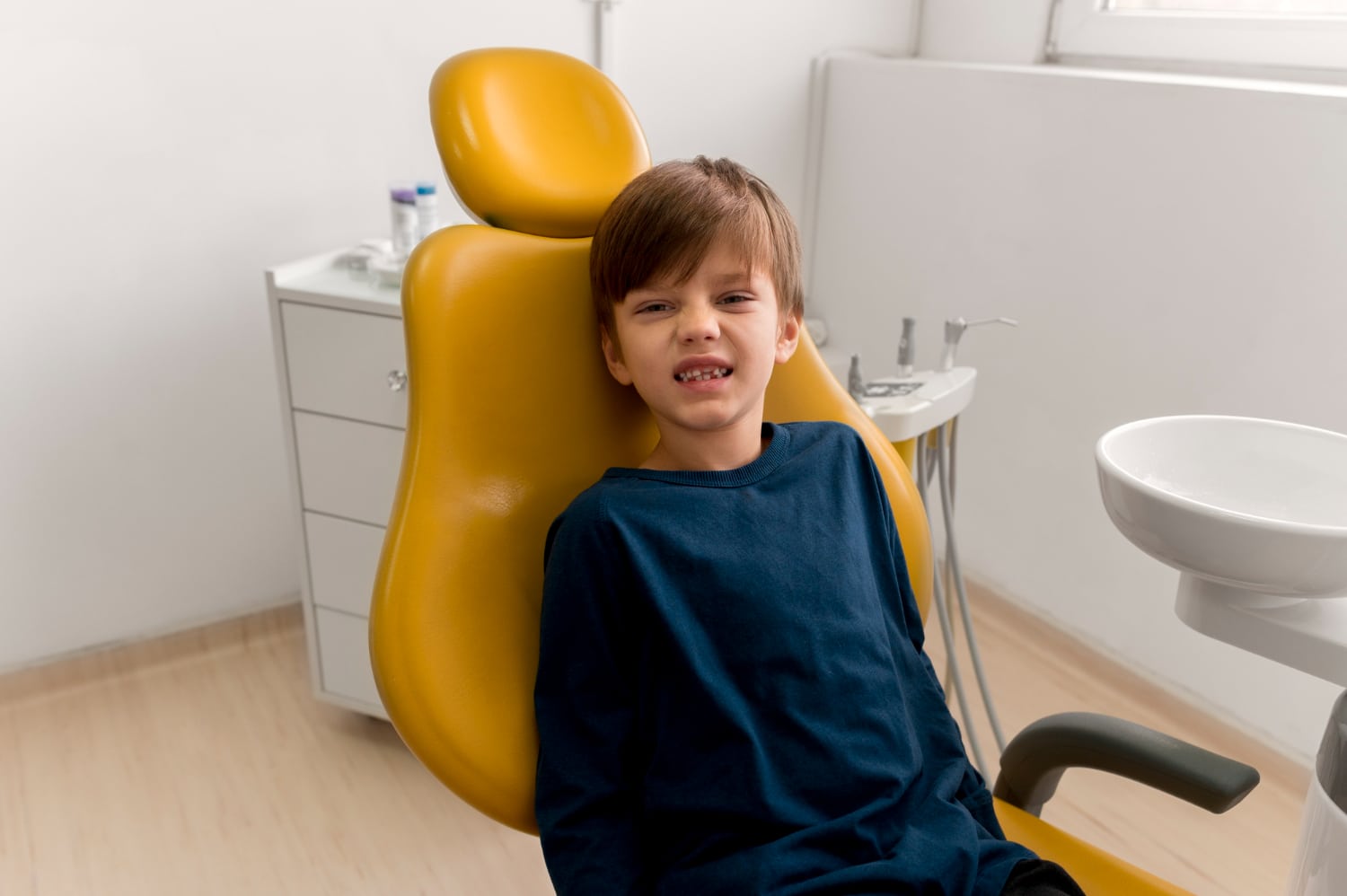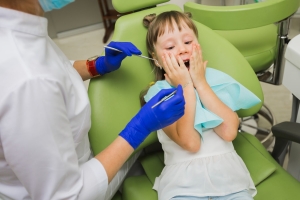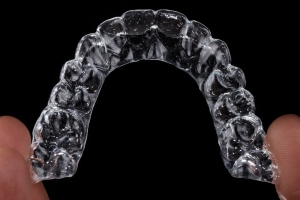Most parents will know that children need regular dentist appointments to check for cavities and clean their teeth, but did you know that orthodontic issues are common in children as well? Orthodontics in Newcastle is the branch of dentistry that deals with the alignment of teeth. And while we may think that child orthodontic issues are purely aesthetic, they actually pose some serious health risks if left untreated.
Below are some of the most common child orthodontic issues that parents and guardians should not neglect.
#1 – Crooked teeth
Crooked teeth are one of the most common child orthodontic issues. While some parents may think that crooked teeth are simply a cosmetic issue, they can actually cause a number of problems if left untreated.
For starters, crooked teeth are more difficult to clean, which can lead to an increased build-up of plaque and tartar. This can eventually lead to tooth decay and gum disease. In addition, crooked teeth can also cause speech impediments and difficulty chewing food properly.
To determine if your child’s teeth are crooked, simply take a look at their smile in the mirror. If you notice any crowding, abnormal spacing, or teeth that are out of alignment, then your child may need braces or other orthodontic treatment.
#2 – Overbite
An overbite is one of the common child orthodontic issues that occur when the upper teeth bite over the lower teeth. It can be caused by a number of factors, including genetics, poor dental habits, or thumb-sucking.
If left untreated, an overbite can cause many problems, such as difficulty chewing or speaking, jaw pain, and even headaches. In severe cases, it can also lead to TMJ disorder. If you notice that your child’s upper teeth are biting over their lower teeth, then you should take them to see an orthodontist as soon as possible.
Various treatments such as braces can be used to correct an overbite.
#3 – Underbite
An underbite is the opposite of an overbite and occurs when the lower teeth bite in front of the upper teeth. Just like an overbite, it can be caused by a number of factors, including genetics, poor dental habits, or thumb-sucking.
Just like an overbite, an underbite can lead to speaking and chewing problems as well as headaches and jaw pain. It can also affect how a person looks and make it difficult for them to close their lips properly. If you suspect an underbite in your child, make sure to schedule an appointment with an orthodontist.
Braces or a palate expander can be used to correct an underbite. In worst cases, orthognathic surgery may be required.
#4 – Open Bite
An open bite is a type of malocclusion that occurs when there’s a space between the teeth when the jaw is closed. It can cause speech problems, difficulty chewing, and even TMJ disorder.
Open bites can be caused by a number of factors, including thumb-sucking, tongue thrusting, and genetics. If you notice that your child has an open bite, you should take them to see an orthodontist as soon as possible.
Available Treatments for Common Child Orthodontic Issues
#1 – Metal Braces
Metal braces are the most common type of braces and are made from high-grade stainless steel. They are strong and durable, which makes them ideal for children who have extremely misaligned teeth.
The braces are affixed to the teeth with metal brackets and connected with a wire. The wire is then tightened or loosened to gradually move the teeth into place. Metal braces usually need to be worn for 12 to 18 months, but this will vary depending on the severity of the orthodontic issue.
#2 – Clear or Ceramic Braces
Clear or ceramic braces use brackets that are made from a clear, tooth-colored ceramic material. This makes them far less noticeable than metal braces, which is why they are a popular choice among children and adults who are concerned about their appearance.
While they are not as visible as metal braces, they do require more care and cleaning to prevent staining. They can be as strong as metal braces, but they may also be a more expensive treatment for common child orthodontic issues.
#3 – Invisalign or Clear Aligners
Invisalign or clear aligners are a popular alternative to traditional braces. They are made from a clear, smooth material that is virtually invisible when worn. They are also removable, which makes them much easier to clean than braces.
Invisalign or clear aligners are custom-made to fit your child’s teeth and are changed every two weeks as their teeth gradually move into place. The entire treatment process for common child orthodontic issues usually takes 9 to 18 months.
More and more patients, whether kids, teens or adults, are now choosing Invisalign or clear aligners over traditional braces for common child orthodontic issues. Its benefits include practicality, comfort, zero adjustments, digital treatment planning, and the fact that they are nearly invisible among others.
The Invisalign brand also has a special version for young patients’ common child orthodontic issues known as Invisalign First. This treatment is specifically designed for children aged 7 to 10 years old who have primary (baby) teeth and their permanent teeth starting to come in.
Orthodontist for Common Child Orthodontic Issues in Newcastle, WA
Orthodontic Excellence offers efficient and unique Orthodontic treatment for kids, teens, and adults in Newcastle, WA. We use the latest technology available to provide our patients with the best possible results.
Dr. Megha Anand understands that children need a different approach when it comes to orthodontic treatment. That’s why we make sure to create a fun and comfortable environment for them. For instance, we make having braces fun for kids by allowing them to pick their favorite colors for the elastics!
Dr. Anand offers all types of treatment for common child orthodontic issues such as metal, ceramic, self-ligating, and In-Ovation R braces and can devise a treatment plan that is specifically tailored to your child’s needs. Her early treatment system also helps monitor the growth of your child’s teeth and recommend any necessary treatment in a timely manner.
Kids need to see an orthodontist, regardless of if you suspect they will need braces or not, around the age of 7. More serious issues are usually easier to correct if treatment is started early. However, it is never too late to seek orthodontic treatment if one of the common child orthodontic issues is already present.
Contact us today to know more or schedule a FREE consultation with Dr. Anand! You can also visit our website to learn more about our services, locations, staff, and office hours.



